Earlier this month, we kicked off one of our most exciting wildlife monitoring efforts yet. Mike McGraw and Eric Zawatski from Princeton Hydro joined us on the farm for a two-day visit focused on birds and the role they play in assessing ecosystem health. This was not our first year inviting ornithologists to Caney Fork Farms, but it was Mike and Eric’s first time here. Their visit helped lay the groundwork for a much larger story - one about birds, biodiversity, and how regenerative farms like ours can support wildlife while producing food.
Mike and Eric work in Princeton Hydro’s natural resources department, which combines engineering, ecology, hydrology, and design. They began their visit early, starting at 5:30 in the morning to begin the process of establishing fixed monitoring plots across the farm. These permanent sites will allow us to collect data through a scientifically valid, peer-reviewed bird survey method. The goal is to move from casual birdwatching to structured bird research that can give us repeatable, long-term insights about the land.
This work builds on the ecological monitoring we already conduct through the Savory Institute’s Ecological Outcome Verification (EOV) program. During their visit, Eric reviewed our existing EOV locations and identified key gaps in spatial coverage. By adding 27 new bird survey sites, we are now set up to collect baseline data that will help us understand bird population dynamics, seasonal movement, and long-term changes. This also opens the door for community participation and future publications. Anyone with the right training can now help gather data using this new framework.
Their visit came during a key moment in the season. Early May is a migratory window at our latitude. Some birds are beginning to breed here in Tennessee, while others are using the farm as a stopover on their way to northern breeding grounds in places like New York and Canada. Caney Fork Farms provides these species with food, shelter, and safe habitat during a critical point in their journey.
Over the course of their stay, Mike and Eric recorded up to 95 bird species, including obligate grassland and ecotonal birds that are known to be in steep decline. These included Eastern Meadowlark, Dickcissel, Grasshopper Sparrow, Field Sparrow, and Blue Grosbeak. Many of these birds require very specific conditions to breed successfully. Their presence is a strong indicator that our regenerative practices are not just working - they are creating real habitat value.
Birds are excellent indicators of ecological conditions. You can walk into a field and hear seven of the same species singing at once. That tells you the land is rich with resources and the birds are willing to share space. In contrast, hearing only one or two individuals might suggest a lower carrying capacity. Listening to birds is one of the least labor-intensive ways to assess the health of a landscape. They tell us when we are on the right track.
Their insights are also useful for refining how we manage the land. For example, if we know ground-nesting birds are using our hay fields, we can adjust the timing of hay cuts to give fledglings time to leave the nest. These are subtle changes, but they make a difference. Regenerative agriculture is not just about maintaining soil or producing food. It is about creating systems that are resilient and responsive.
In a working landscape like ours, we need to produce food and remain financially viable. But we also believe that farming can work with nature rather than against it. That balance is delicate. We push the land to be productive, but we also observe, listen, and question. Is there another way to graze this field? Could we delay this rotation by a week to support nesting birds? These are the kinds of questions we are learning to ask more often.
By empowering our staff to carry out repeatable surveys and inviting citizen scientists to get involved, we are building a deeper culture of care. We hope to continue this work throughout the breeding season, especially from mid-May to late July, and to monitor fall migration later in the year, when four to six times more birds are on the move.
Birds are not just part of the landscape - they help tell the story of it. And right now, they are telling us that the work we are doing matters.

